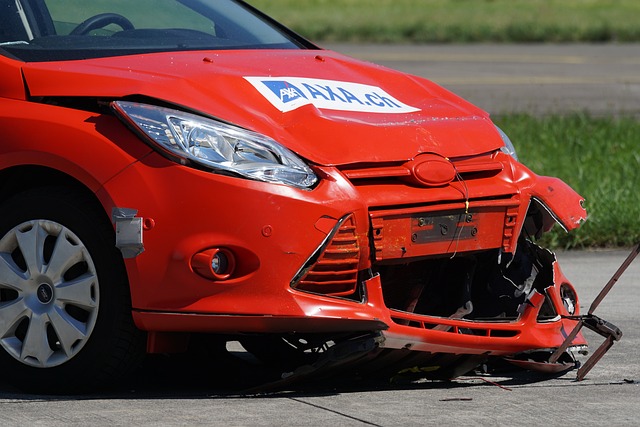| Car Accident Insurance in USA |
|---|
| 1. Introduction |
| Car accidents are a fact of life for many drivers in the USA. Even the most careful drivers can find themselves in a fender bender. That’s where car accident insurance comes into play. It’s your safety net, helping you handle the financial aftermath of a crash. But navigating the world of car insurance can be tricky. So, let’s break it down and make it simple! |
| 2. Understanding Car Accident Insurance |
At its core, car accident insurance is designed to protect you financially if you get into an accident. It covers the costs of damage to your car, medical bills, and even legal fees if you’re sued. Different types of coverage within your policy can address various aspects of a car accident.
| 3. Types of Car Accident Insurance Coverage |
There are several types of car accident insurance coverage, each serving a specific purpose. Understanding these can help you choose the right policy for your needs.
| 4. Liability Coverage |
Liability coverage is a must-have. It’s often required by law and covers damages to others if you’re at fault in an accident.
| 4.1. Bodily Injury Liability |
This part of liability coverage pays for the medical expenses of others injured in an accident you cause. It can also cover legal fees if you’re sued.
| 4.2. Property Damage Liability |
Property damage liability covers the costs of repairing or replacing another person’s property that you damage in an accident. This usually means the other person’s car but can also include things like fences or buildings.
| 5. Personal Injury Protection (PIP) |
PIP is also known as “no-fault insurance.” It covers your medical expenses, lost wages, and other costs regardless of who was at fault in the accident. PIP can be a lifesaver, especially if you have high medical bills or can’t work due to your injuries.
| 6. Uninsured and Underinsured Motorist Coverage |
This coverage kicks in if you’re hit by a driver who doesn’t have insurance or doesn’t have enough insurance to cover your damages. It can cover medical expenses, lost wages, and more.
| 7. Collision Coverage |
Collision coverage pays for damage to your car resulting from a collision with another vehicle or object, like a tree or guardrail. This coverage is especially useful if you have a newer or more expensive car.
| 8. Comprehensive Coverage |
Comprehensive coverage takes care of damage to your car that isn’t caused by a collision. This includes things like theft, vandalism, natural disasters, and hitting an animal. If you live in an area prone to natural disasters or have concerns about theft, this coverage is worth considering.
| 9. Factors Affecting Car Insurance Rates |
Several factors can influence your car insurance rates, including your driving record, age, location, type of car, and even your credit score. Insurance companies use these factors to determine how much of a risk you pose and, consequently, how much to charge you for coverage.
| 10. How to File a Car Accident Insurance Claim |
Filing a car accident insurance claim can seem daunting, but it doesn’t have to be. Here’s a step-by-step guide to help you through the process.
| 10.1. Steps to Take Immediately After an Accident |
First things first, make sure everyone is safe. Call 911 if there are any injuries. Then, move your car to a safe location if possible and exchange information with the other driver.
| 10.2. Gathering Necessary Information |
Gather details like the other driver’s insurance information, contact information, and take photos of the accident scene. This documentation will be crucial when you file your claim.
| 10.3. Contacting Your Insurance Company |
Get in touch with your insurance company as soon as possible. Provide them with all the details of the accident and any documentation you’ve gathered. They’ll guide you through the next steps.

